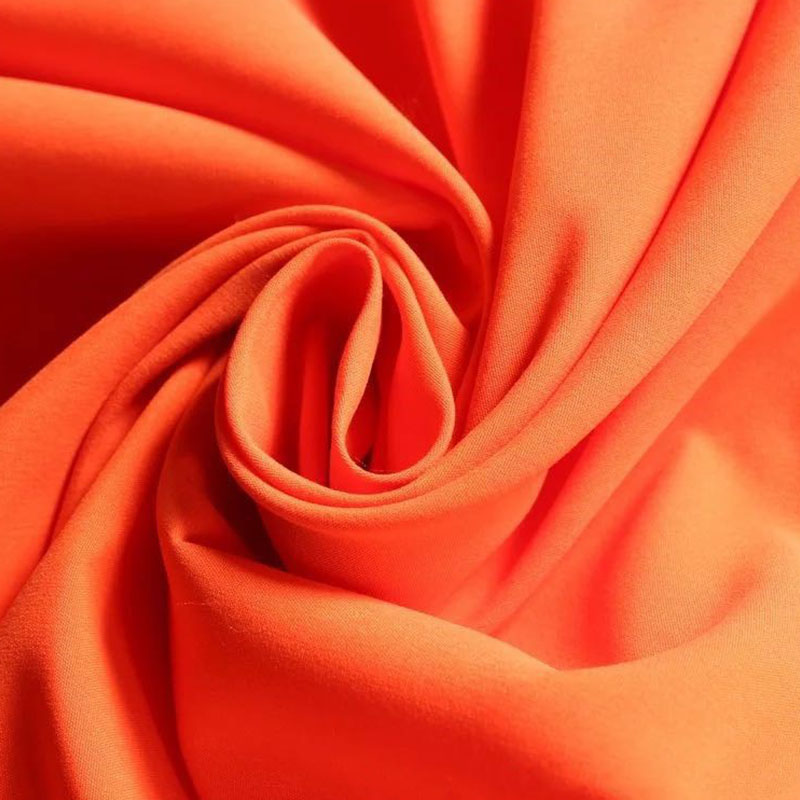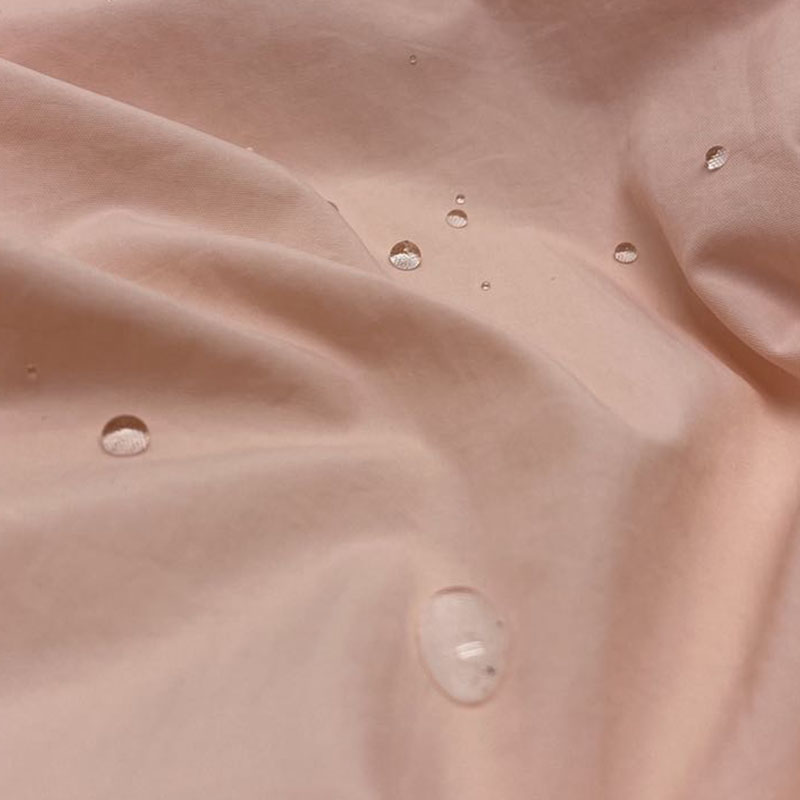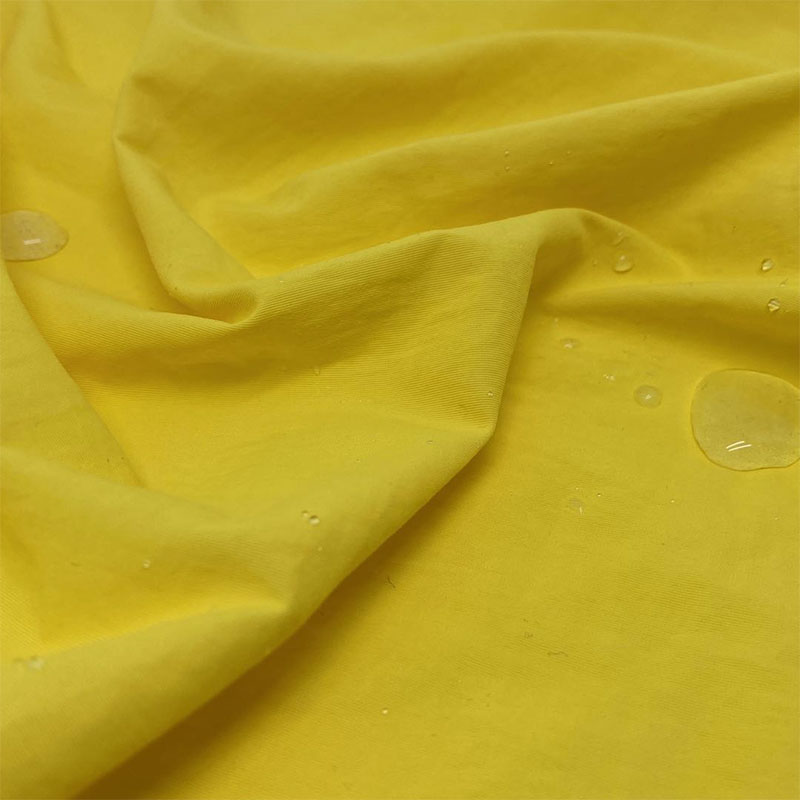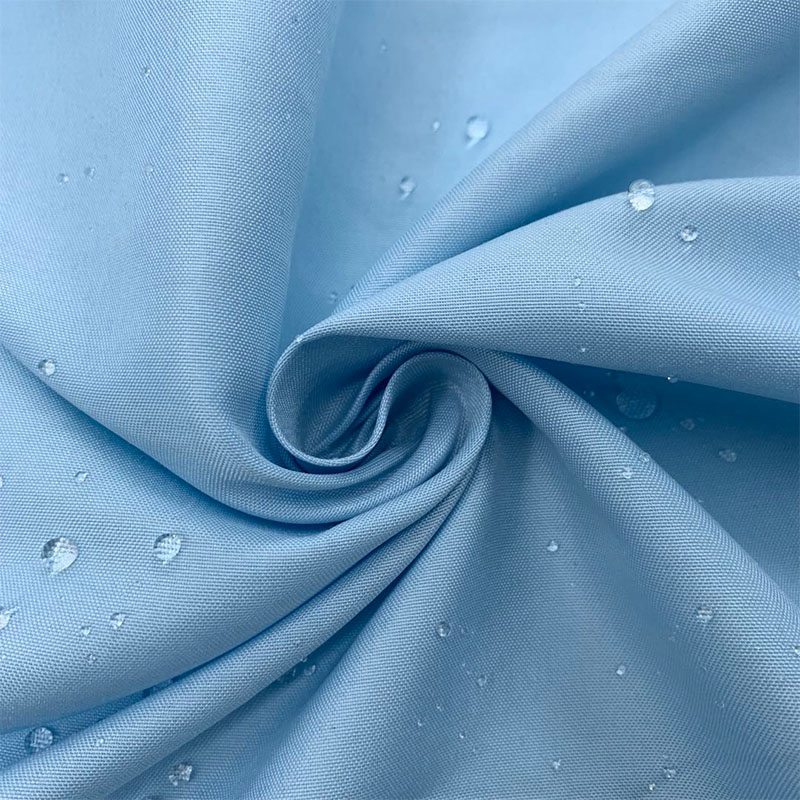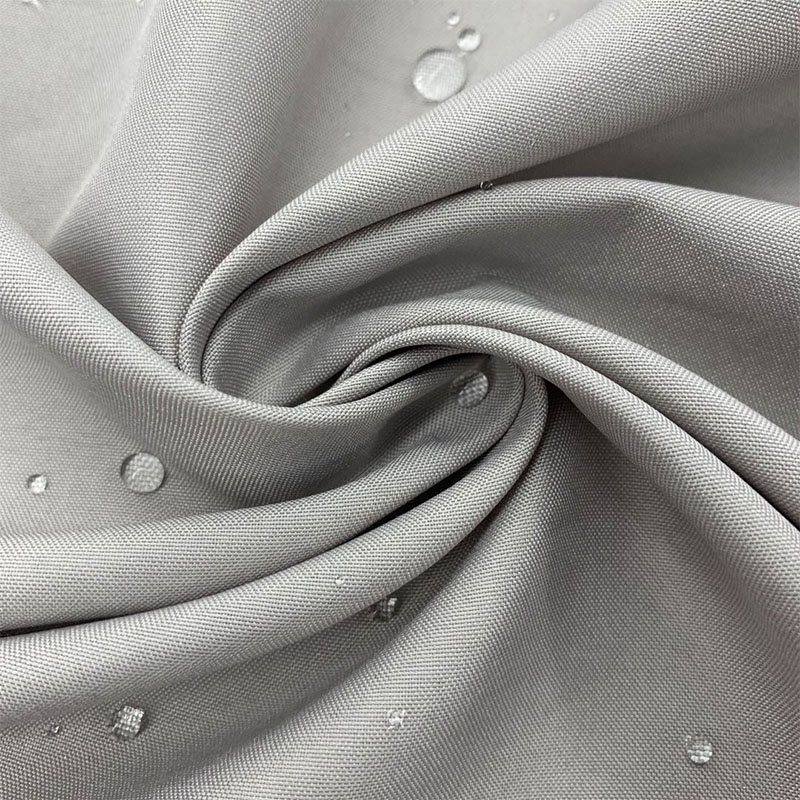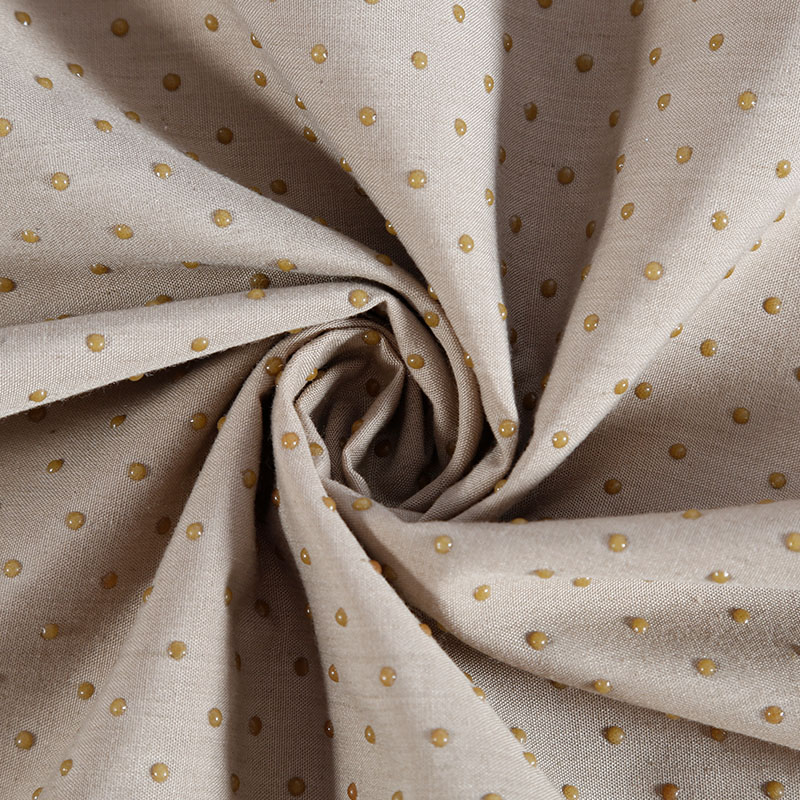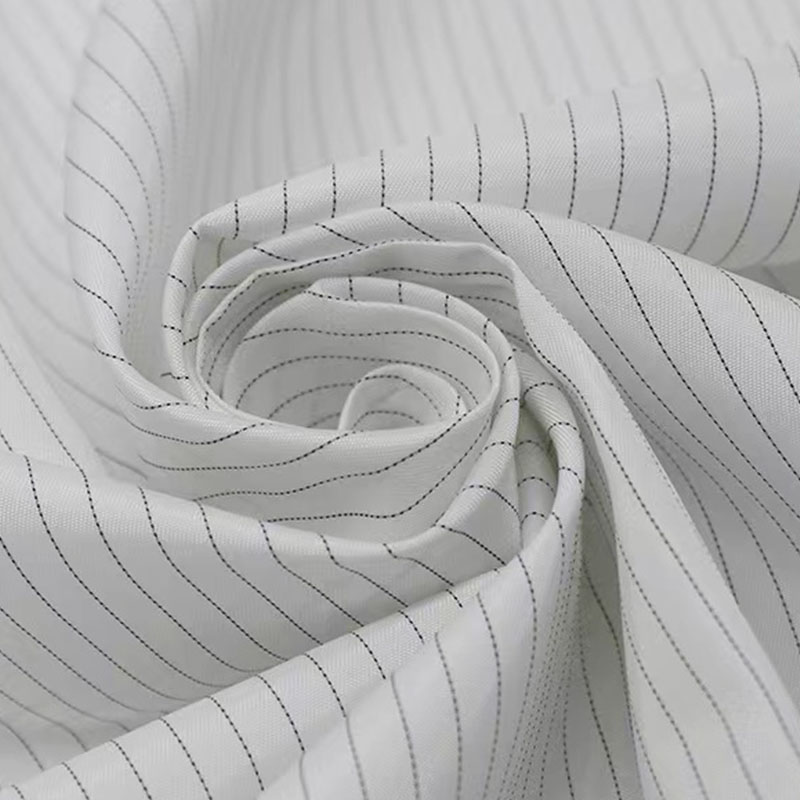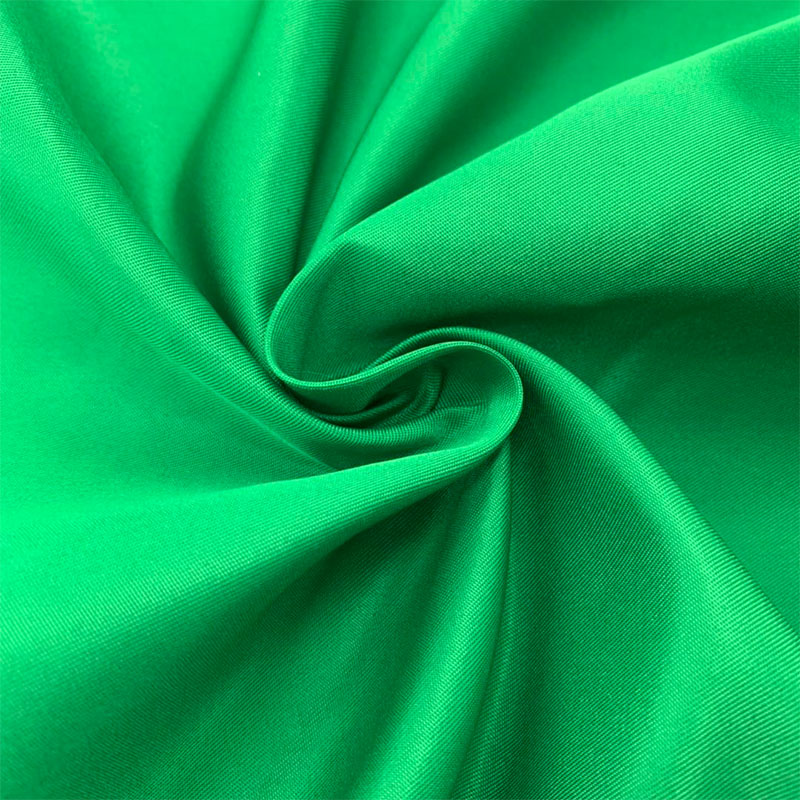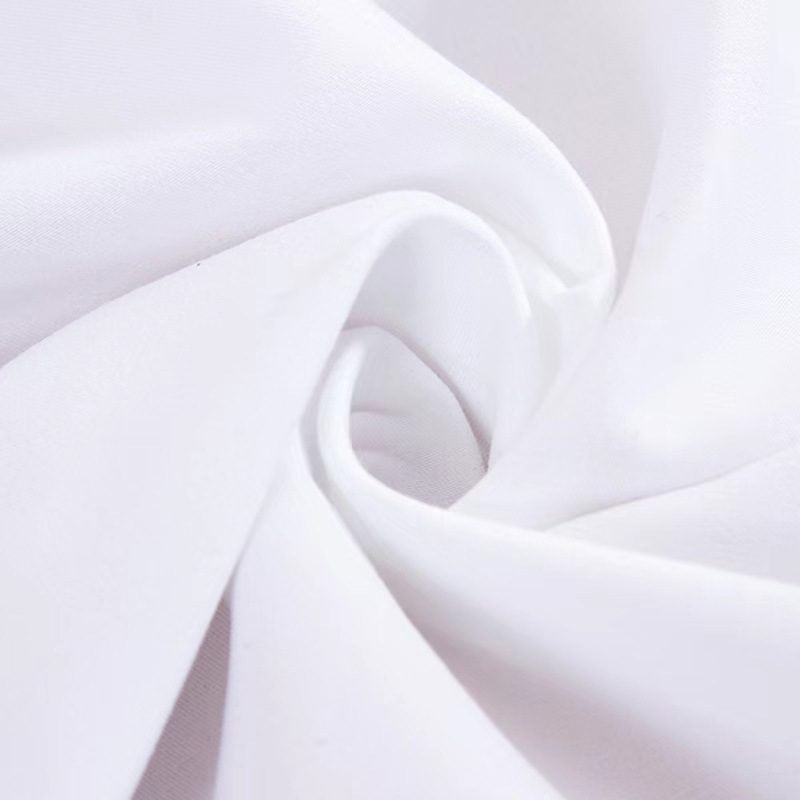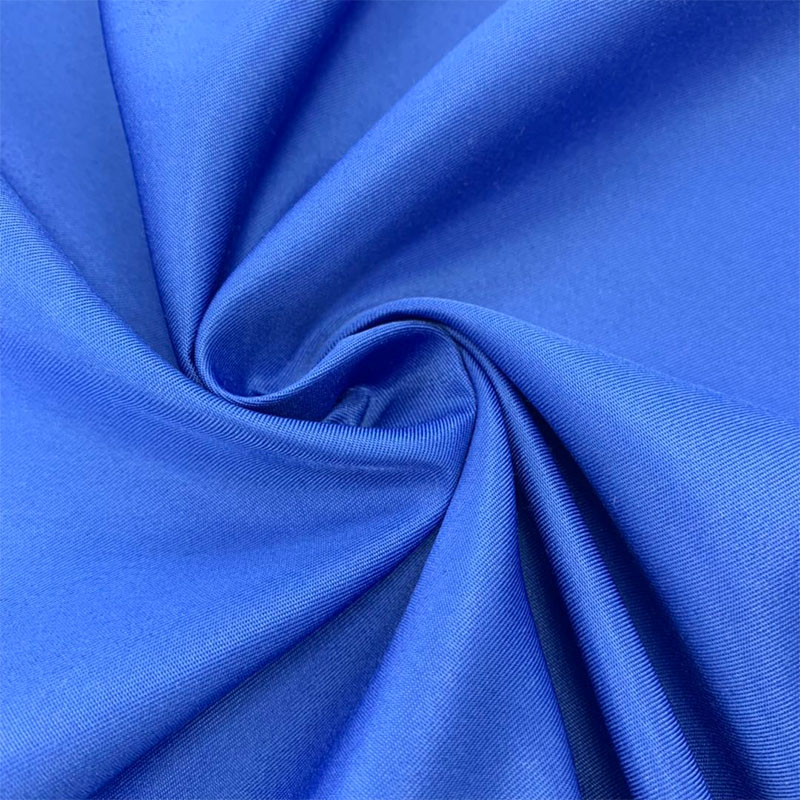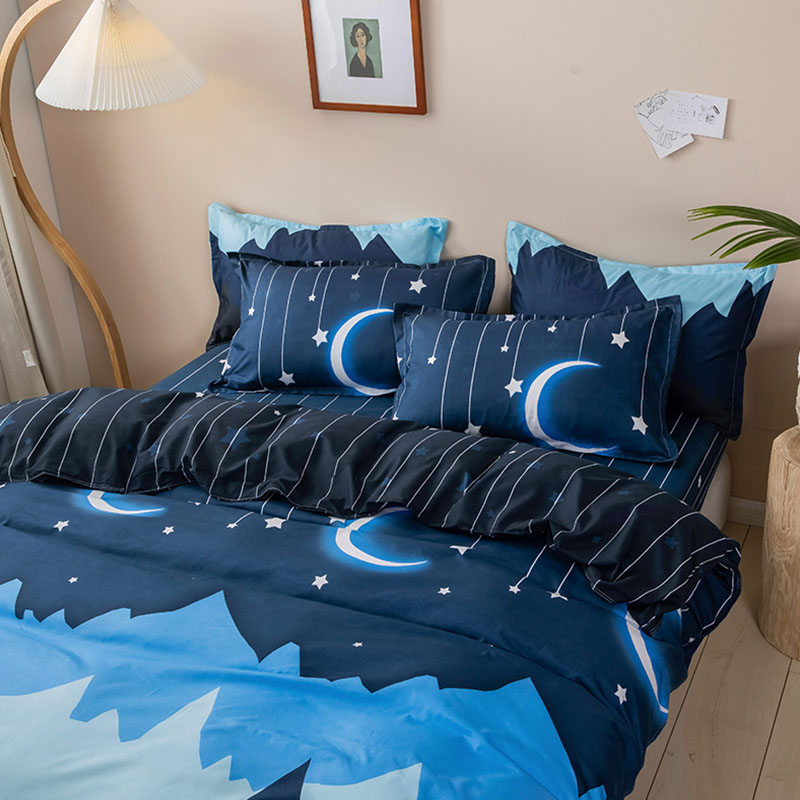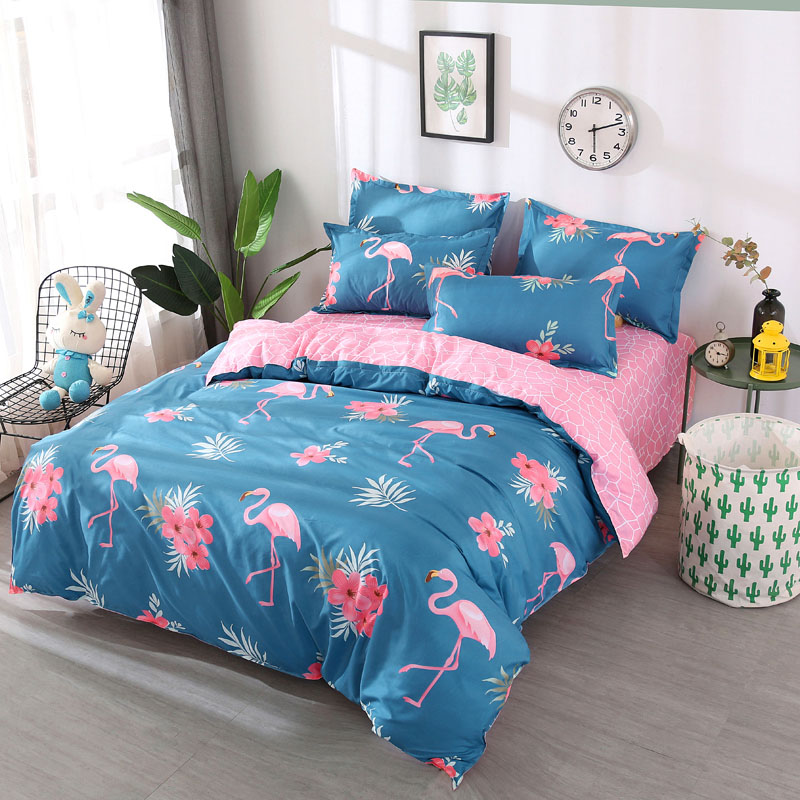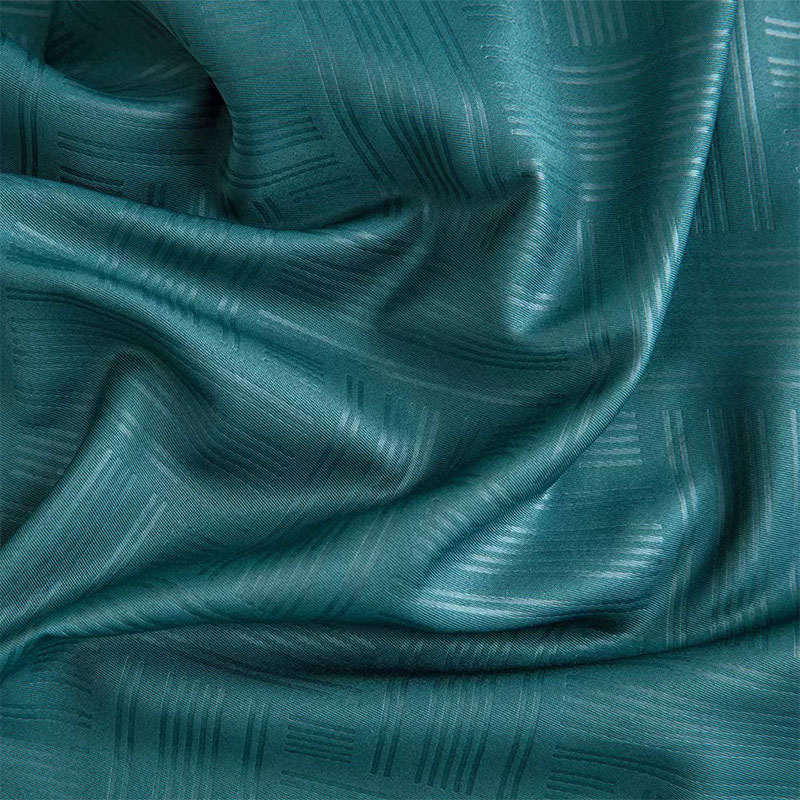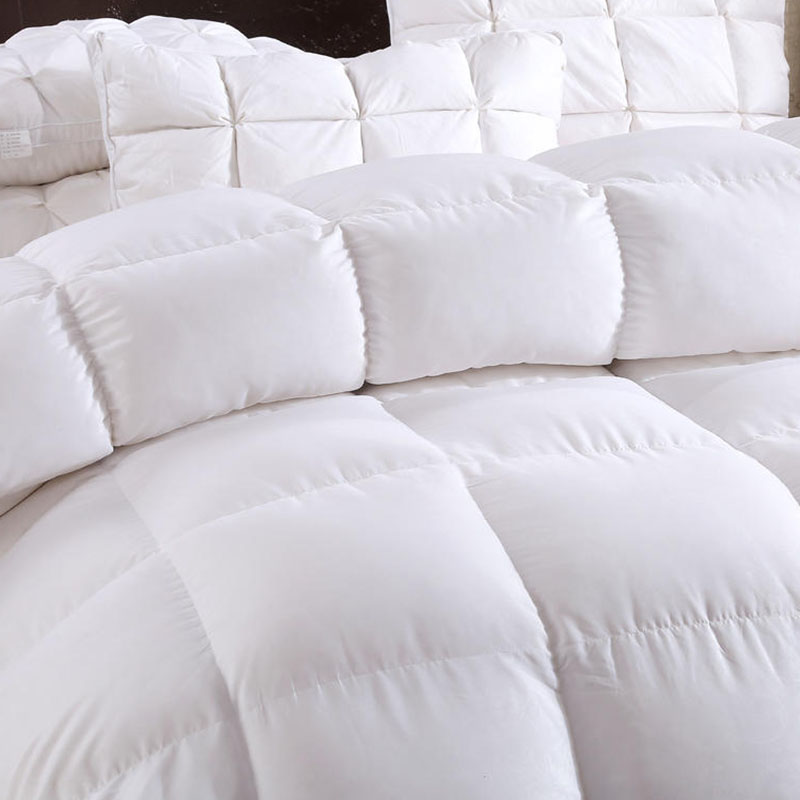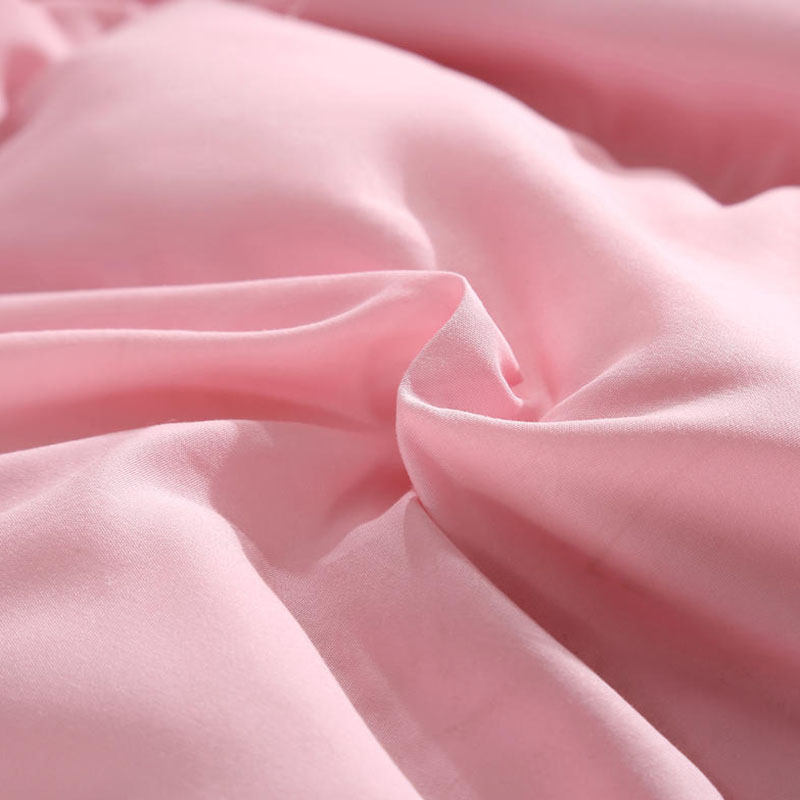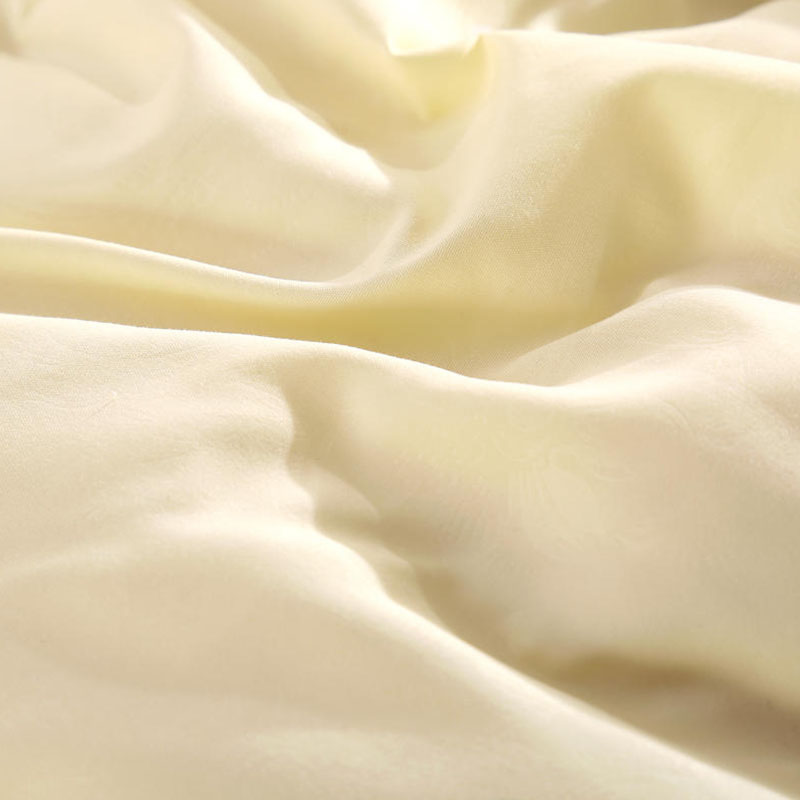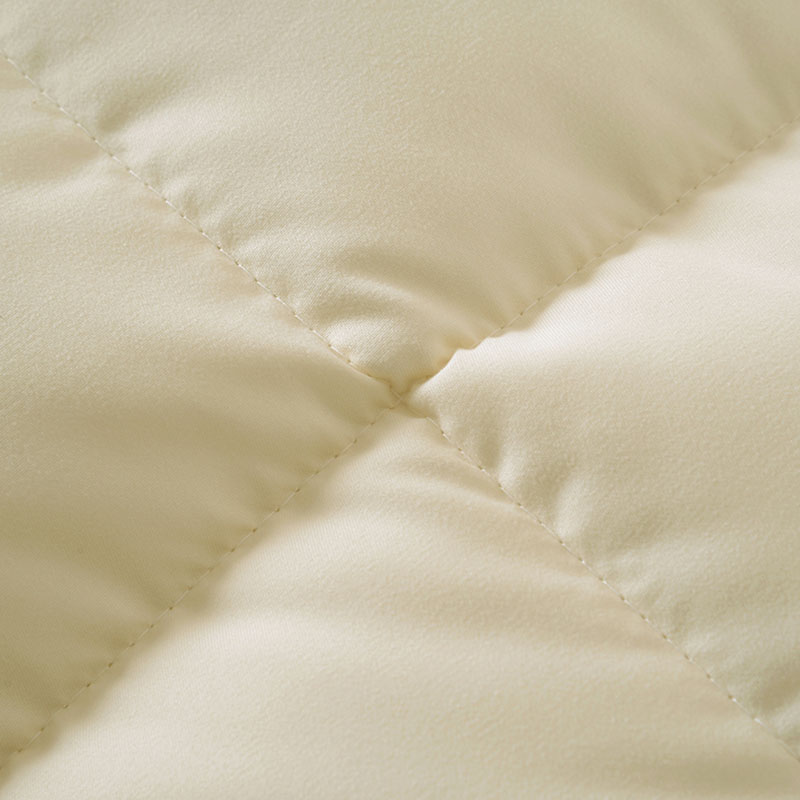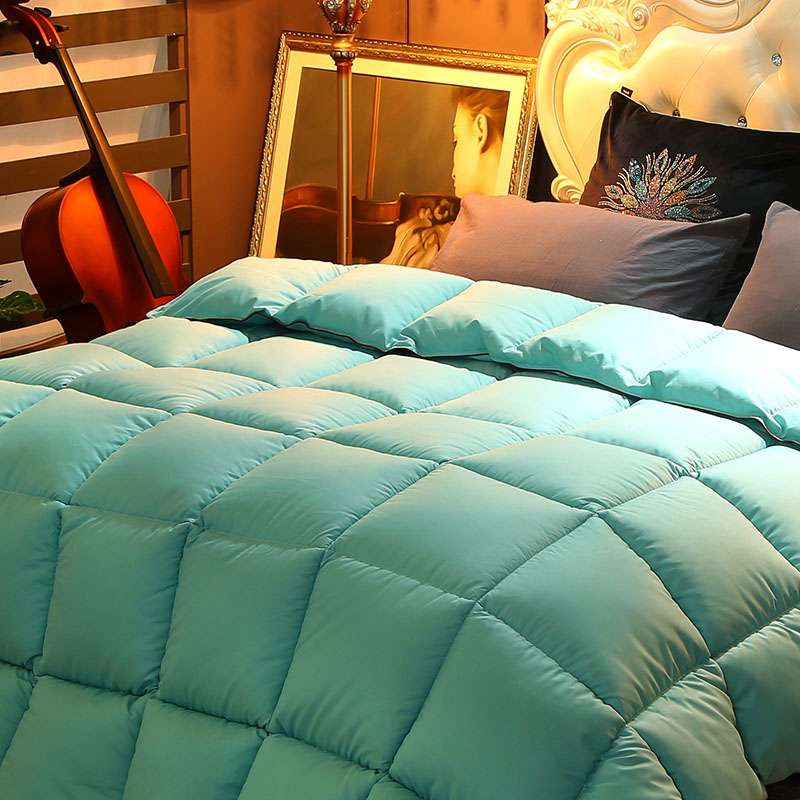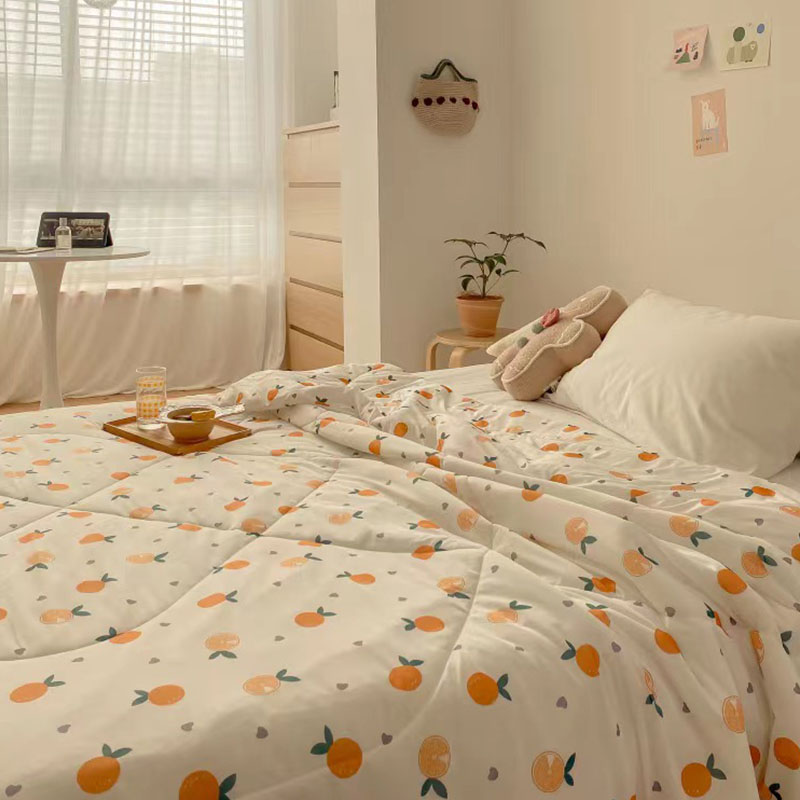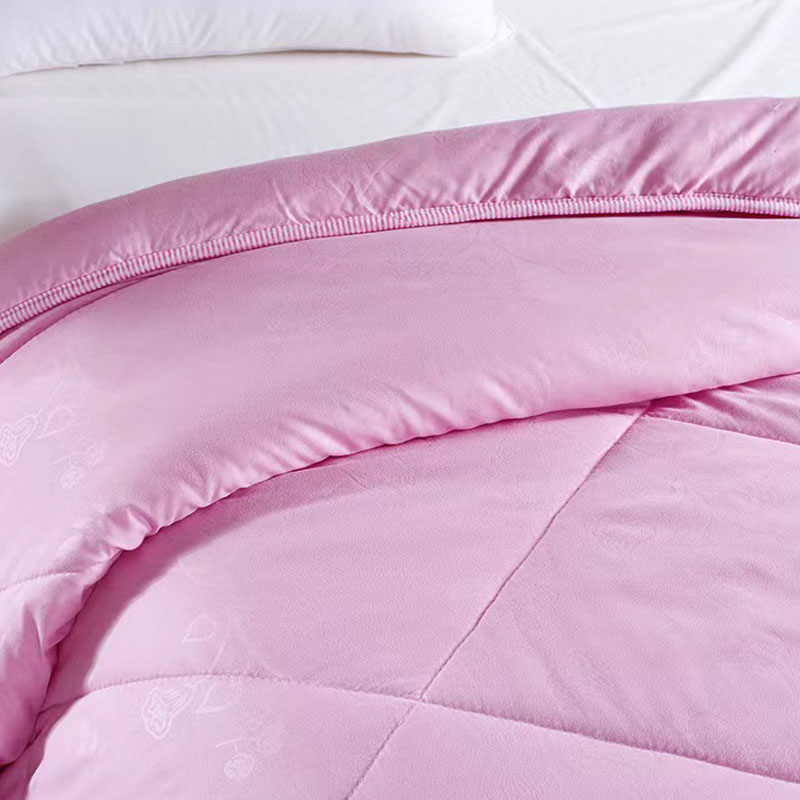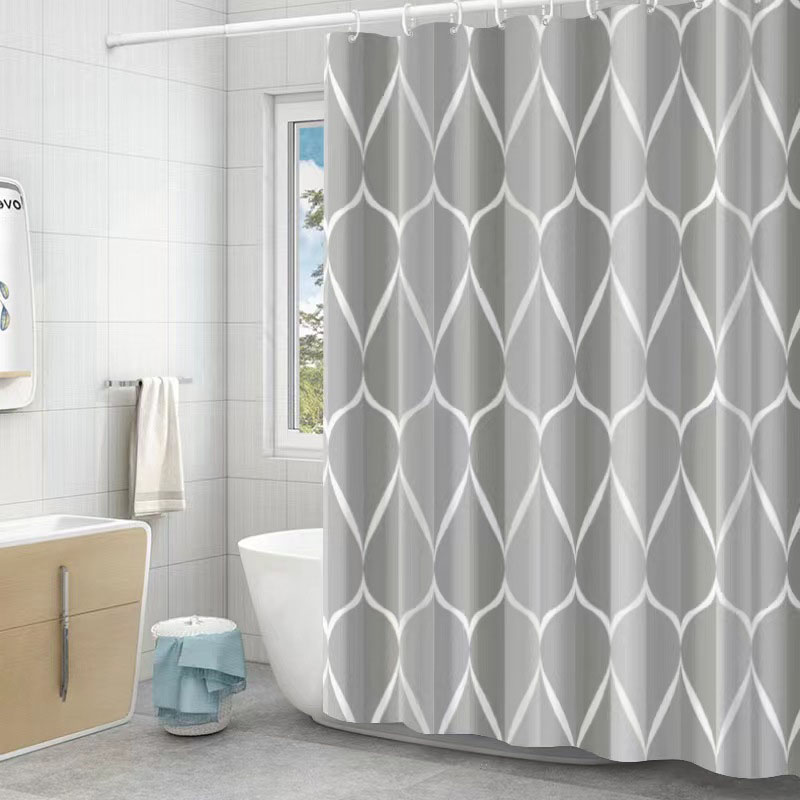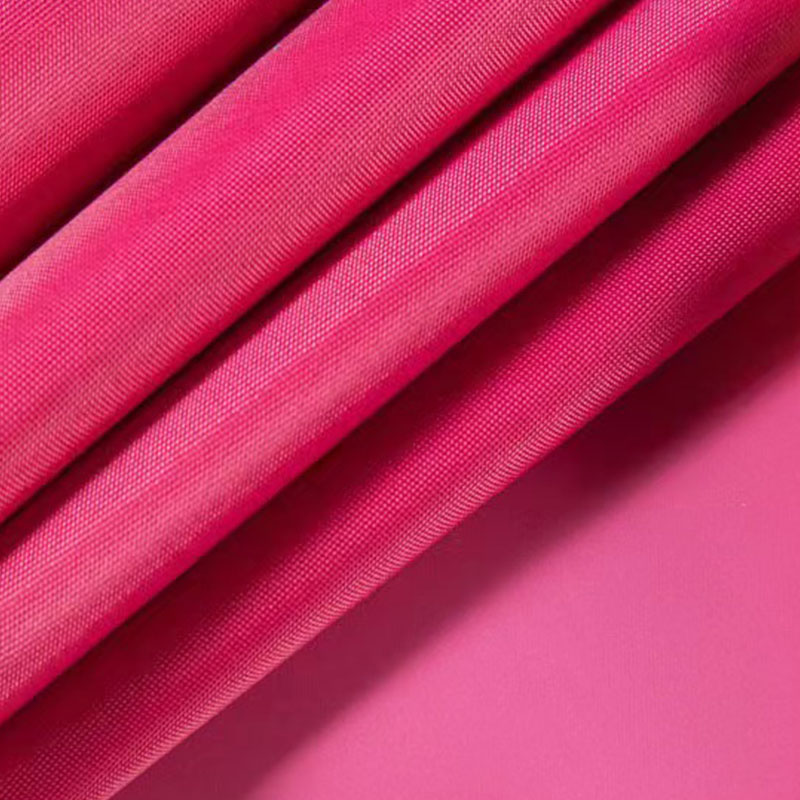Several printing methods are commonly used for polyester fabric, each offering different advantages and suitable for various design requirements. The most common printing methods for Polyester Printed Fabrics include:


Sublimation Printing: Sublimation printing is a popular choice for polyester fabrics. In this method, specialized sublimation inks are used to print the design on transfer paper. The printed transfer paper is then heat pressed onto the polyester fabric, where the ink sublimates from a solid to a gas, fusing directly with the polyester fibers. Sublimation printing provides vibrant and durable prints that are resistant to fading and washing.
Digital Printing: Digital printing, also known as direct-to-fabric printing, involves using inkjet technology to print designs directly onto the polyester fabric. It allows for high-resolution prints and is suitable for detailed and complex designs. Digital printing offers a wide color gamut and is more flexible for small production runs or custom designs.
Screen Printing: Screen printing is a versatile printing technique suitable for both natural and synthetic fibers, including polyester. In this method, a stencil is used to transfer the design onto the fabric using a screen and squeegee. Screen printing can yield long-lasting and opaque prints on polyester fabric.
Heat Transfer Printing: Heat transfer printing involves printing the design on transfer paper using dye-sublimation or pigment inks. The printed design is then transferred onto the polyester fabric using heat and pressure. While similar to sublimation printing, heat transfer printing can accommodate a broader range of fabrics, not limited to polyester.
Rotary Printing: Rotary printing is an industrial-scale printing method that uses cylindrical screens to print continuous patterns on fabric, including polyester. This method is commonly used for large-scale production of Polyester Printed Fabrics.
Discharge Printing: Discharge printing is a specialized method that involves removing the existing color from the polyester fabric using discharge agents, creating a lighter area where the design is intended. The fabric is then overprinted with pigments or dyes to create the desired design.
Each printing method has its advantages and limitations, and the choice depends on factors such as the complexity of the design, the desired color vibrancy, the production scale, and the fabric's end-use. When working with polyester fabric, it's essential to consider the compatibility of the printing method with the fabric's characteristics and follow the appropriate printing guidelines to achieve the best results.

 English
English Español
Español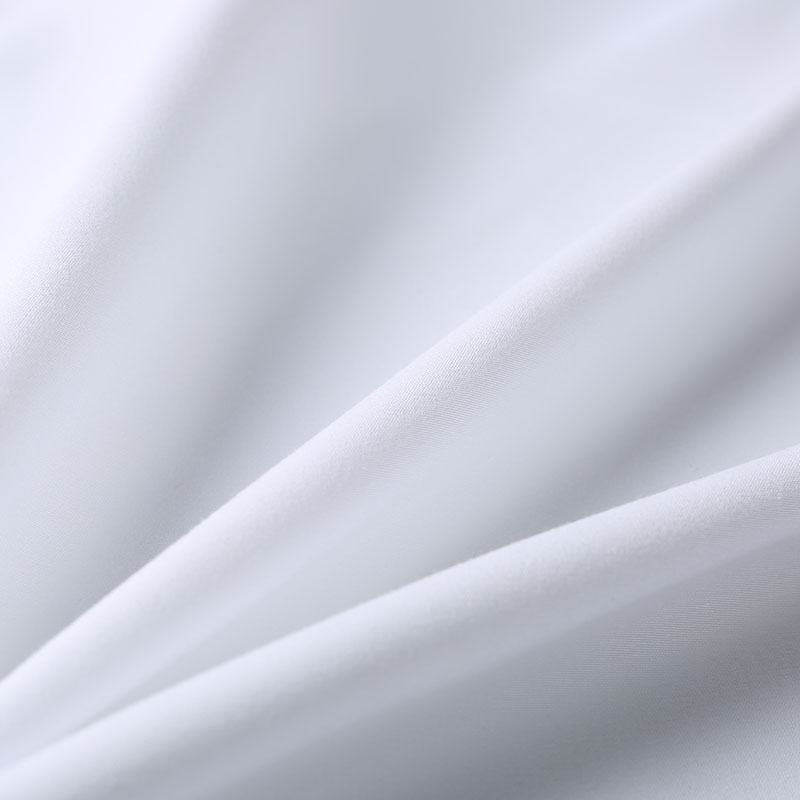
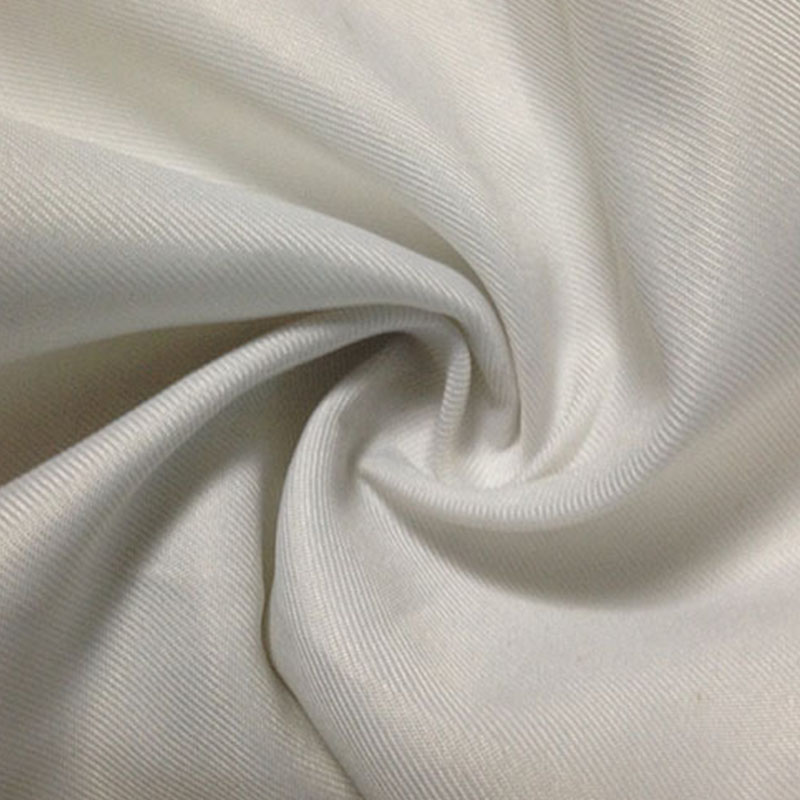
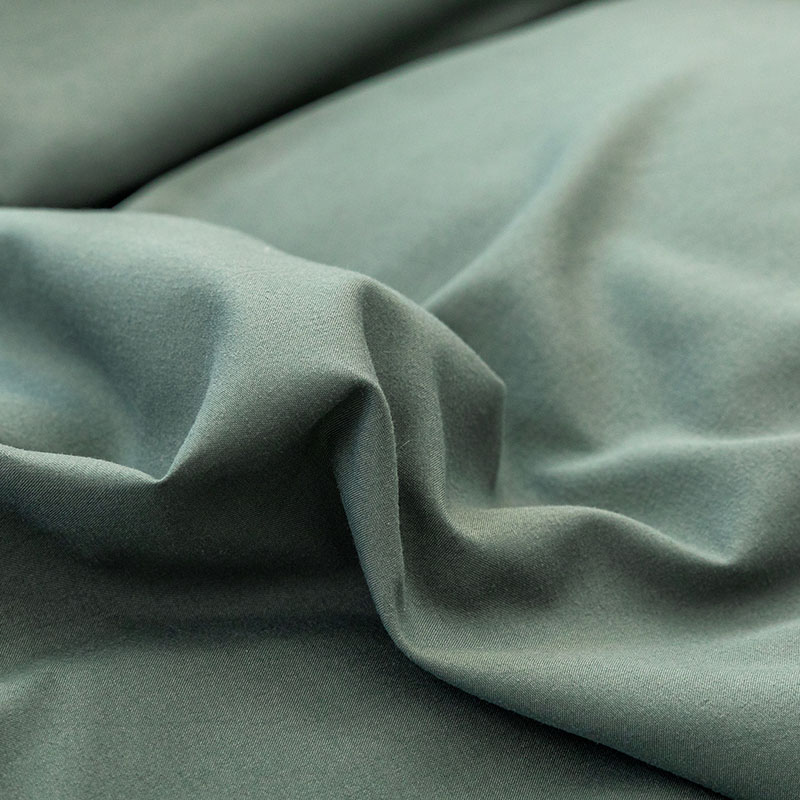
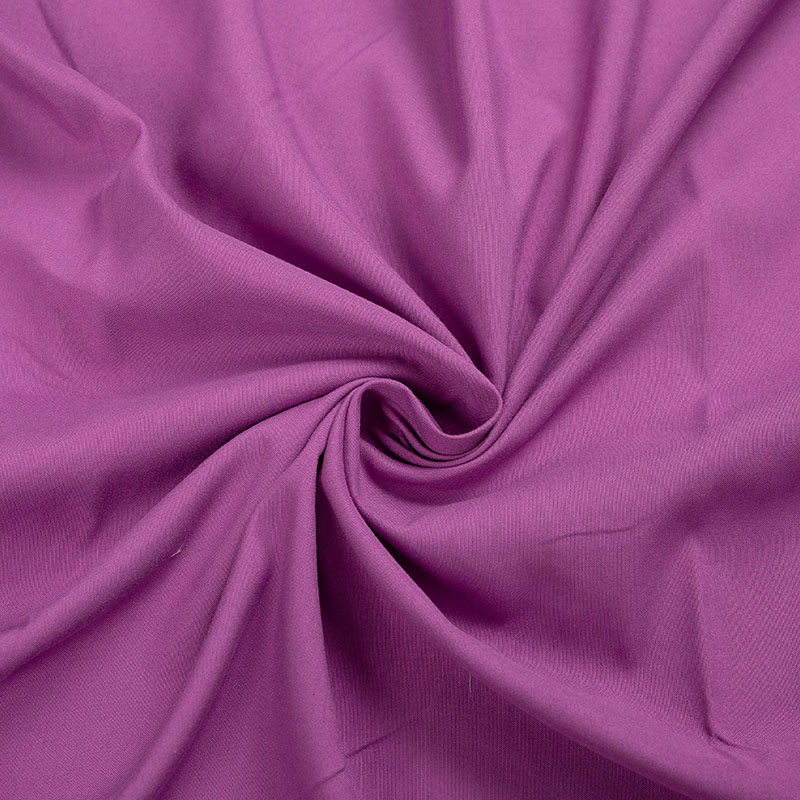
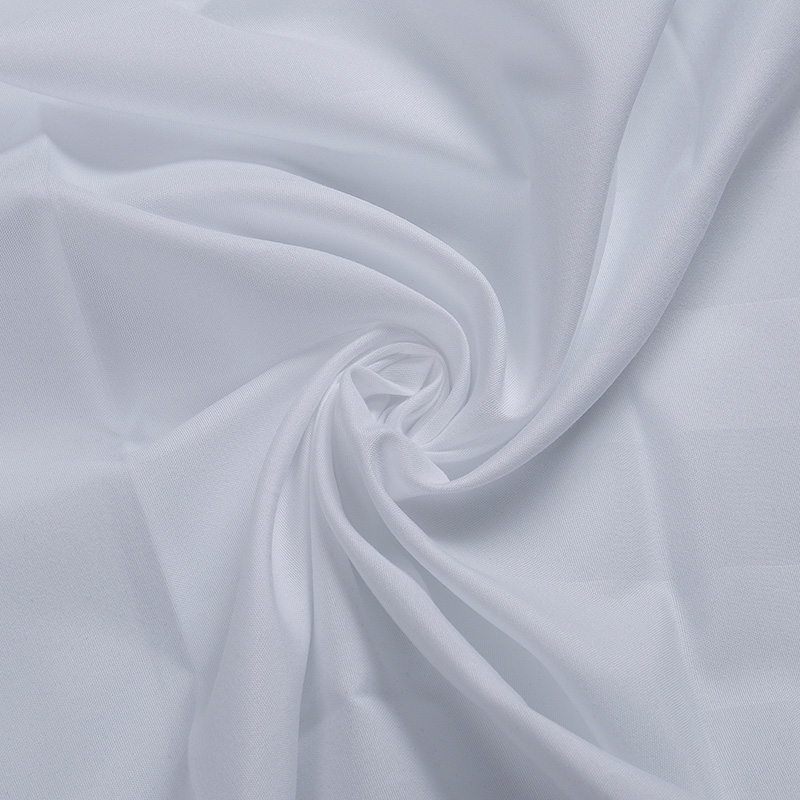
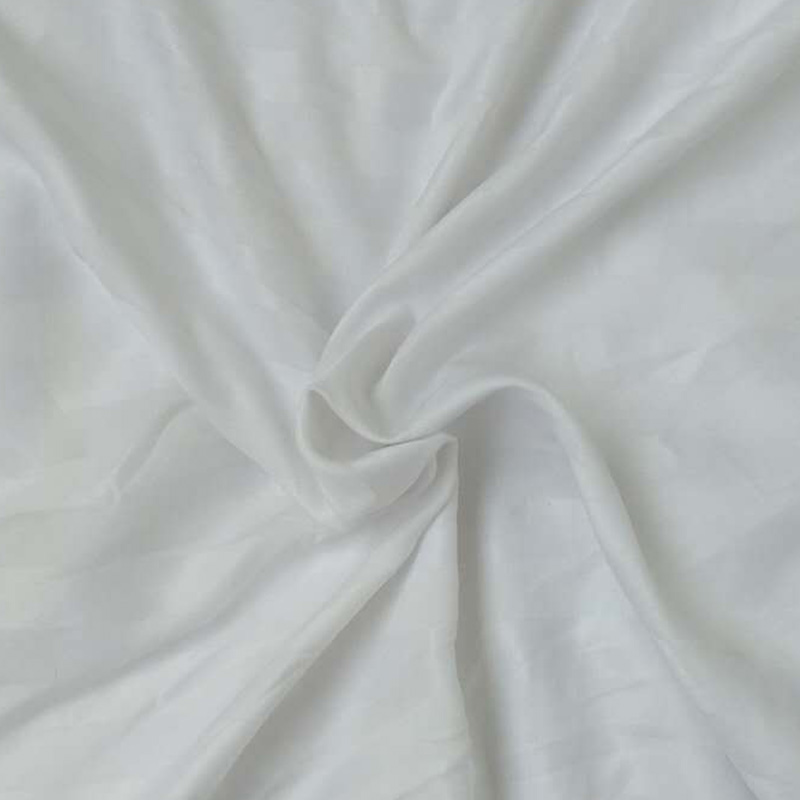
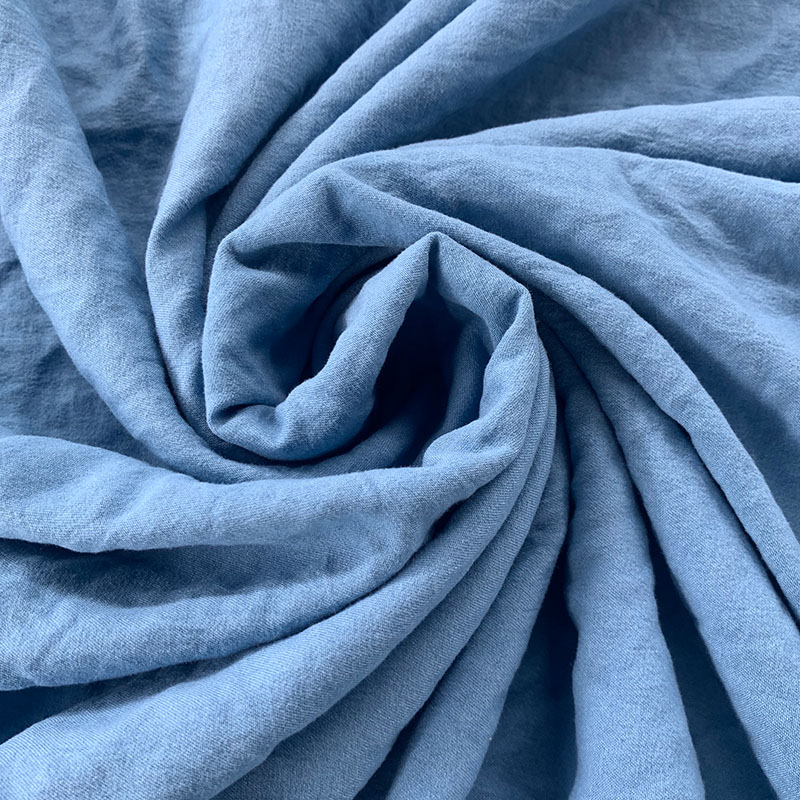
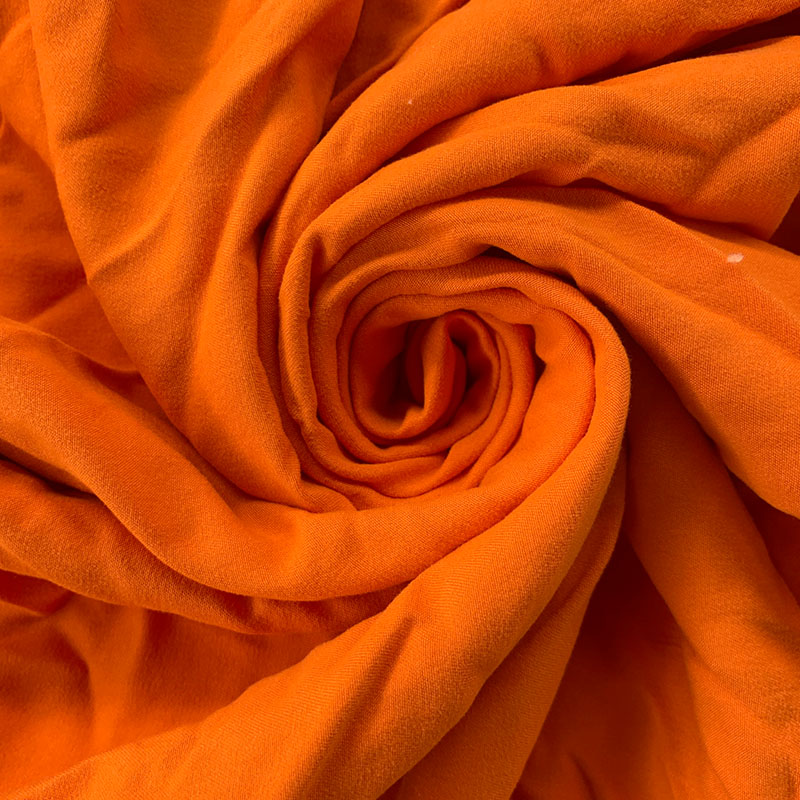
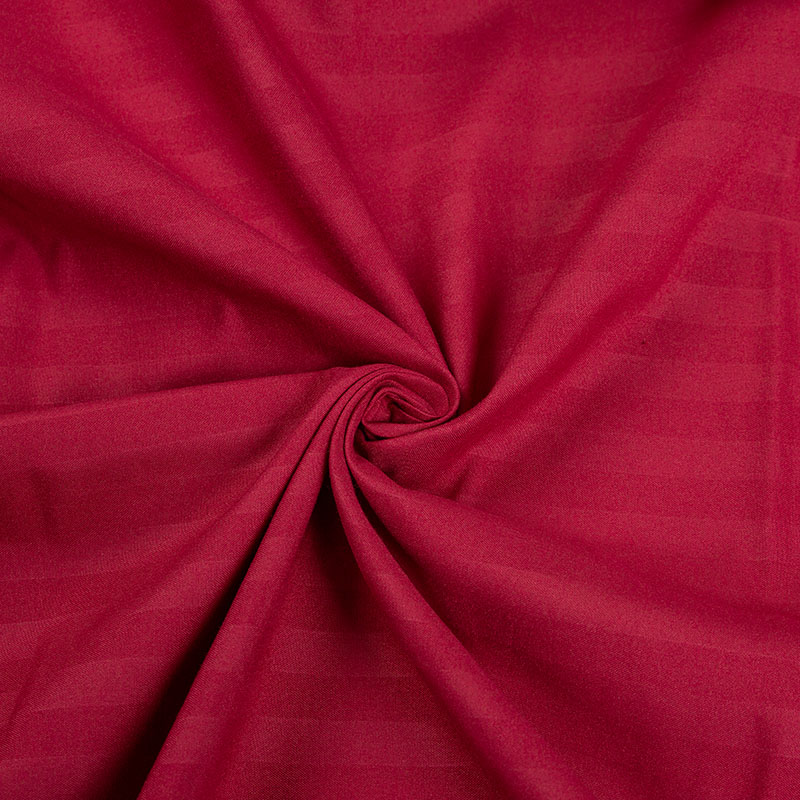
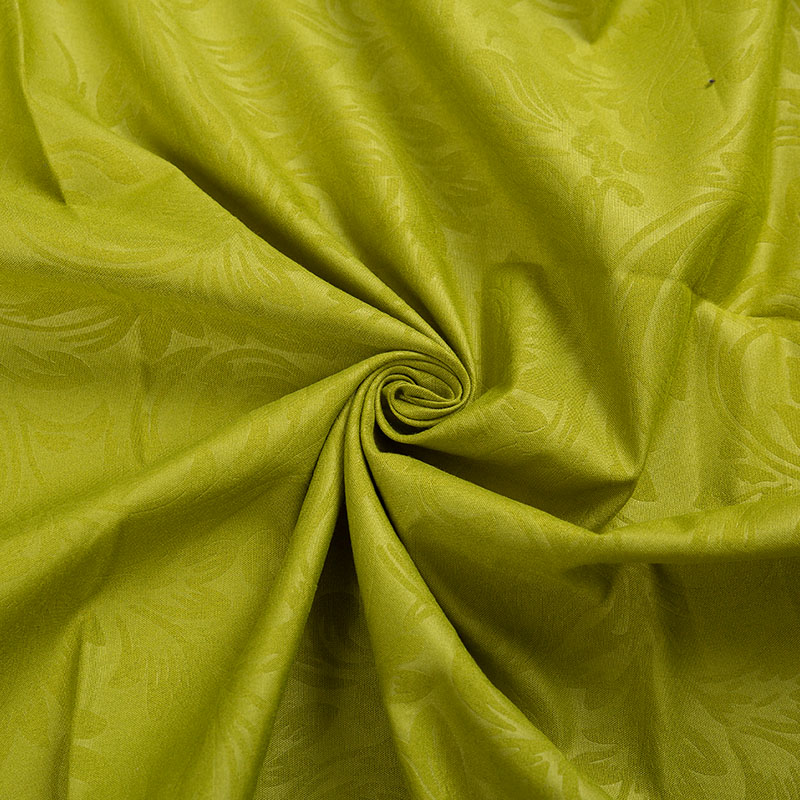
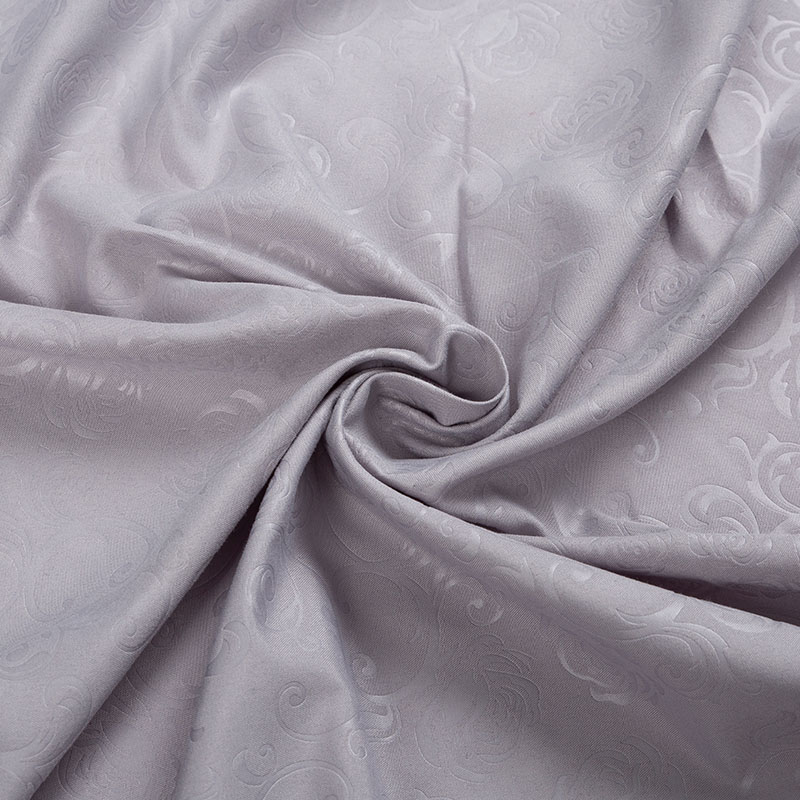
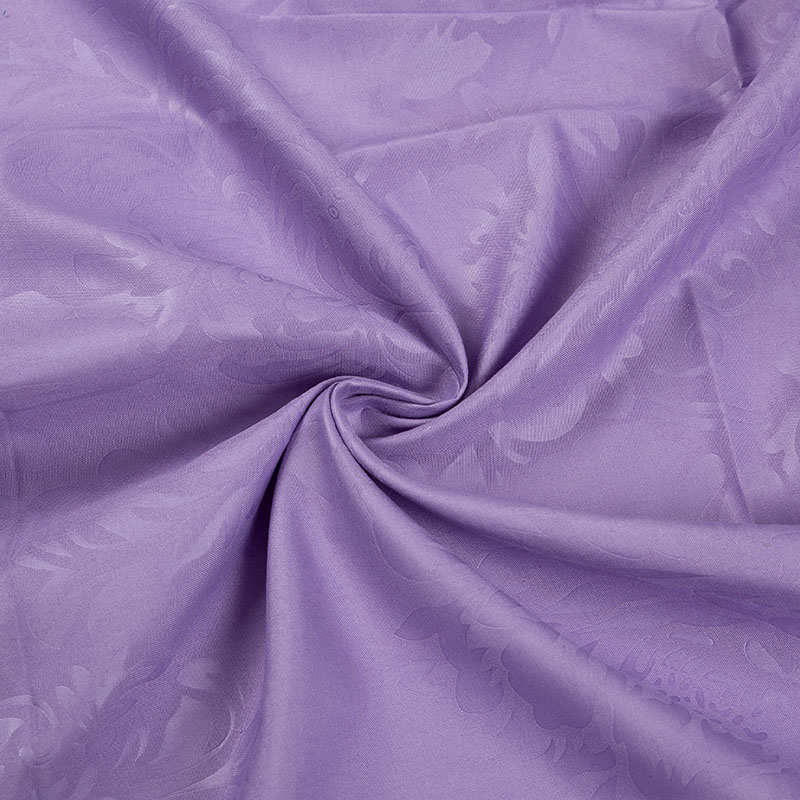
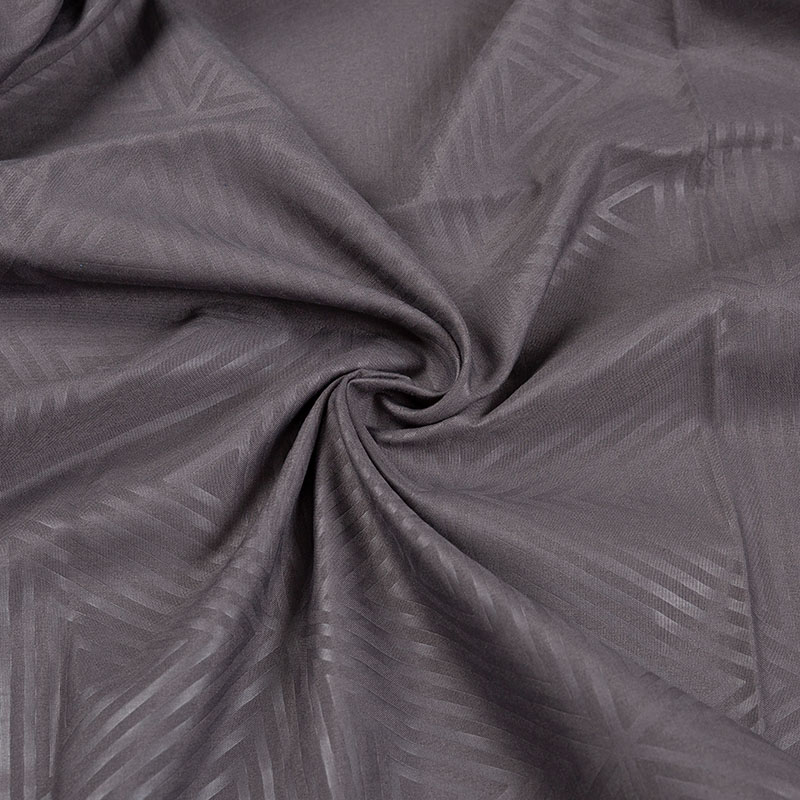
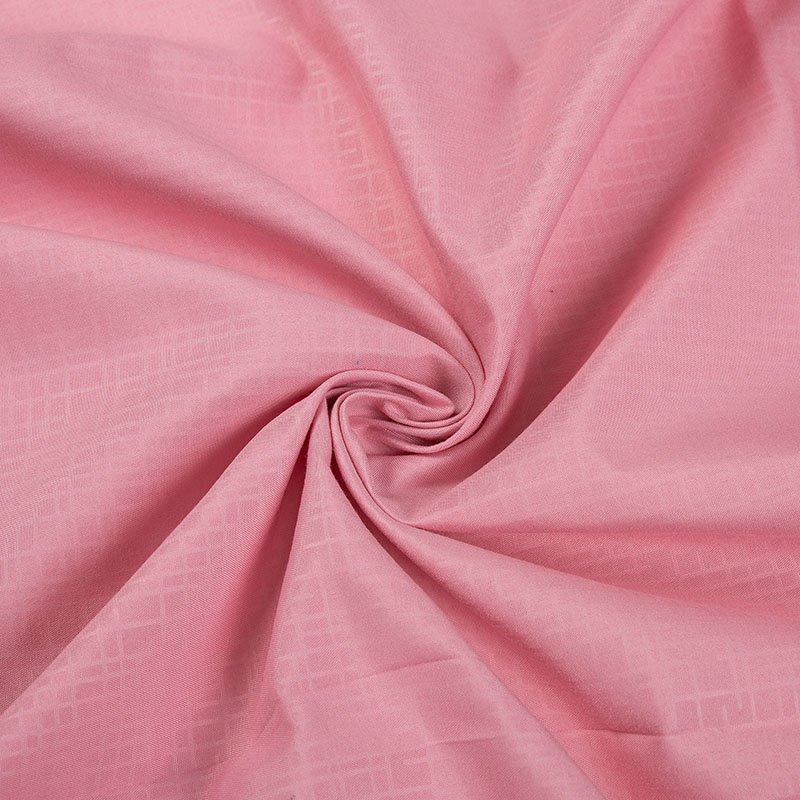
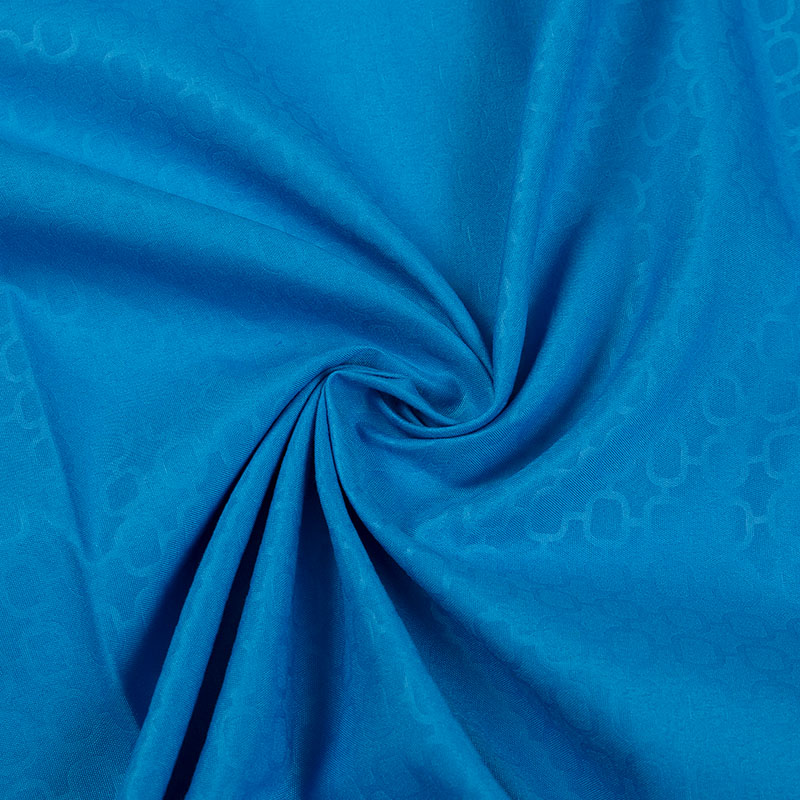
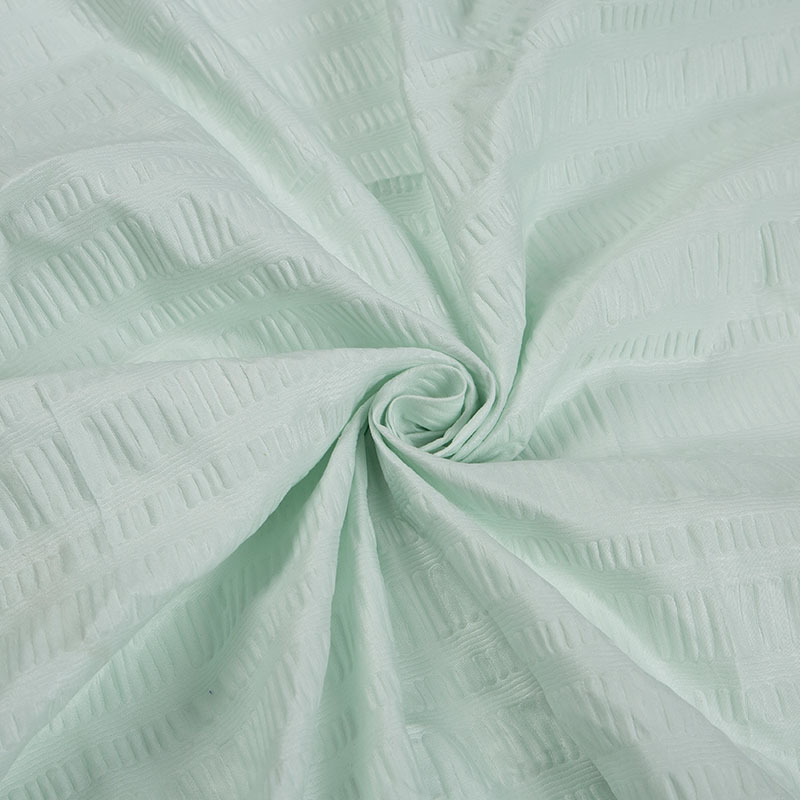
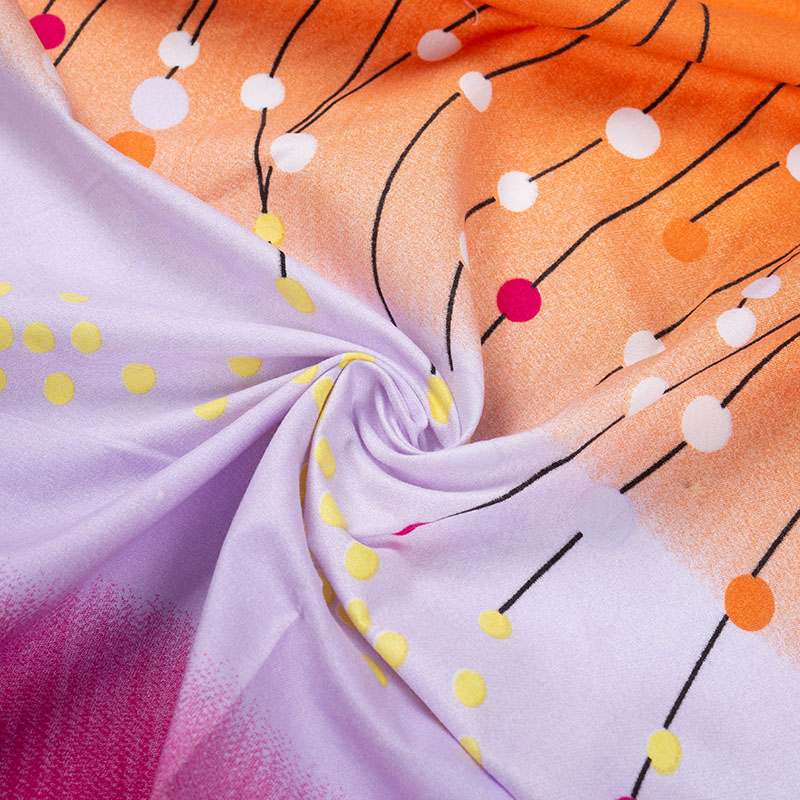
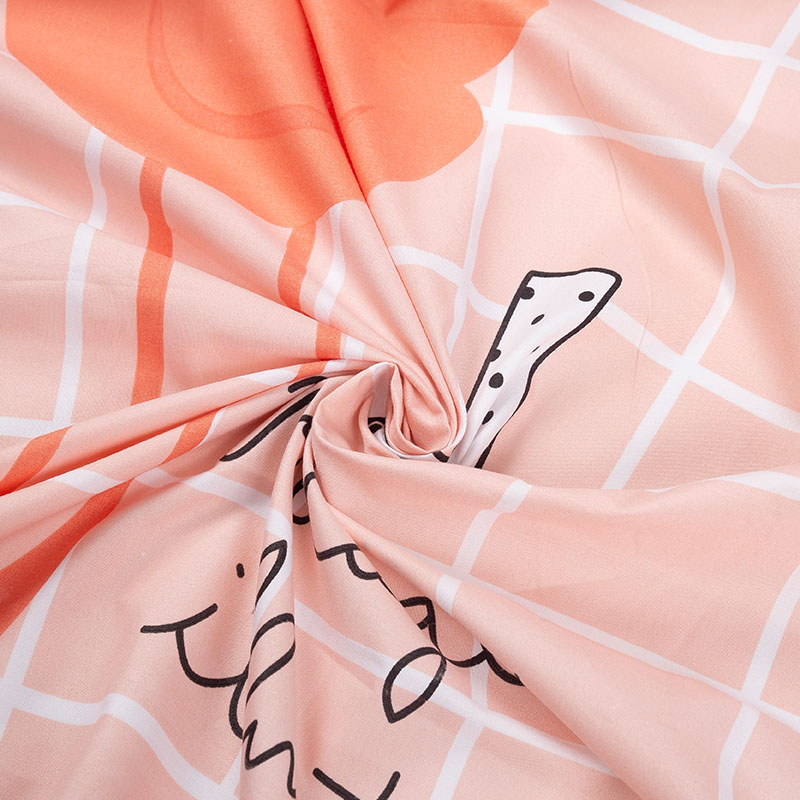
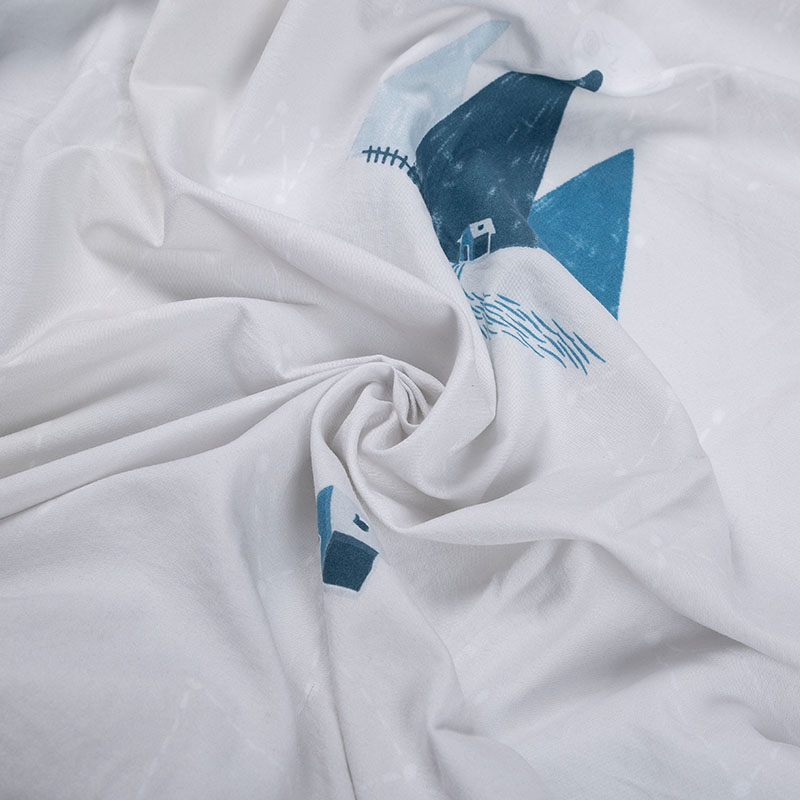
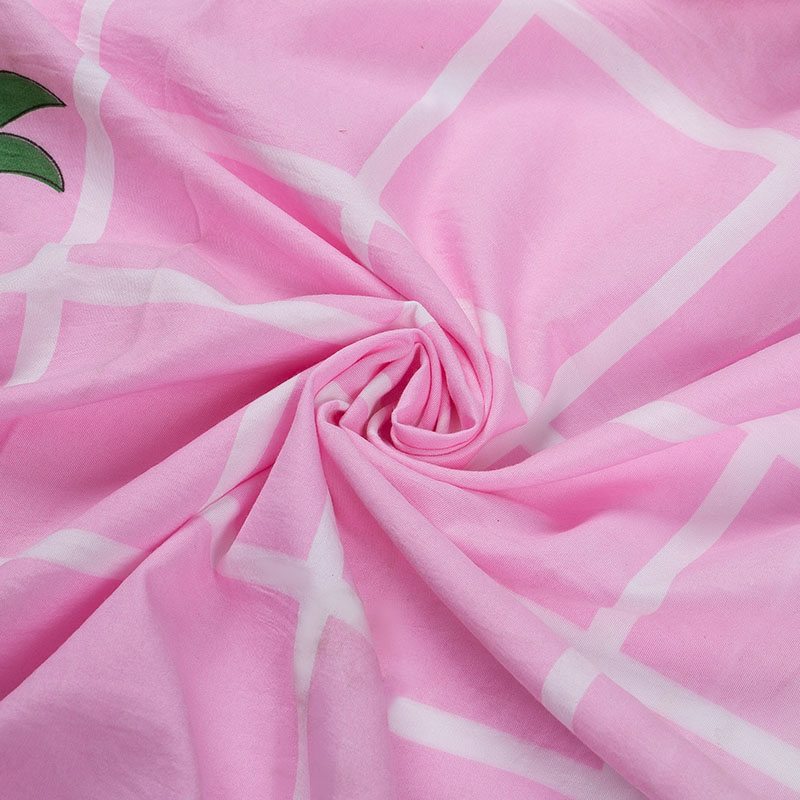
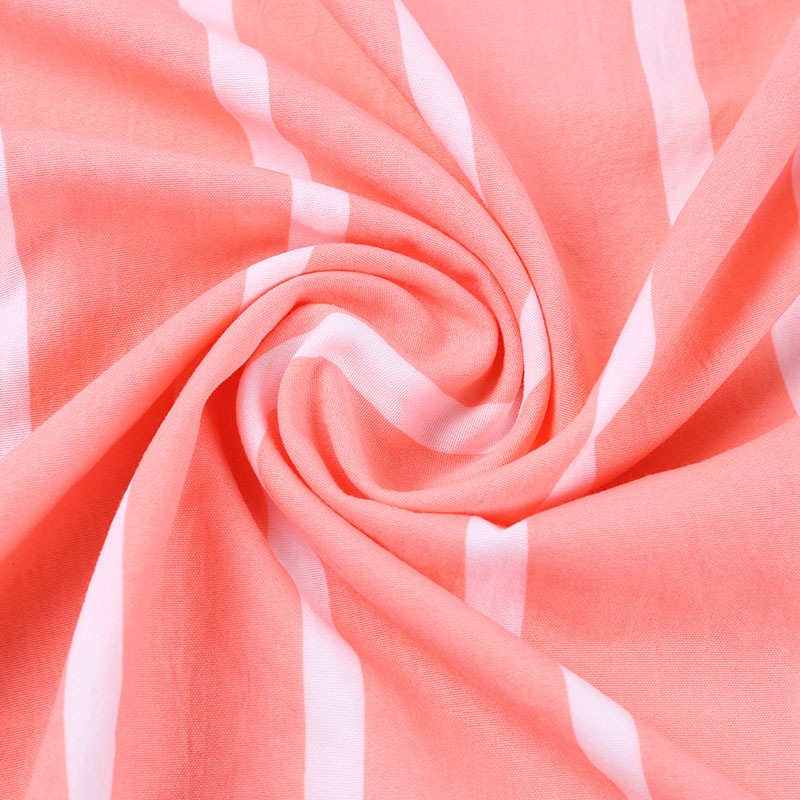
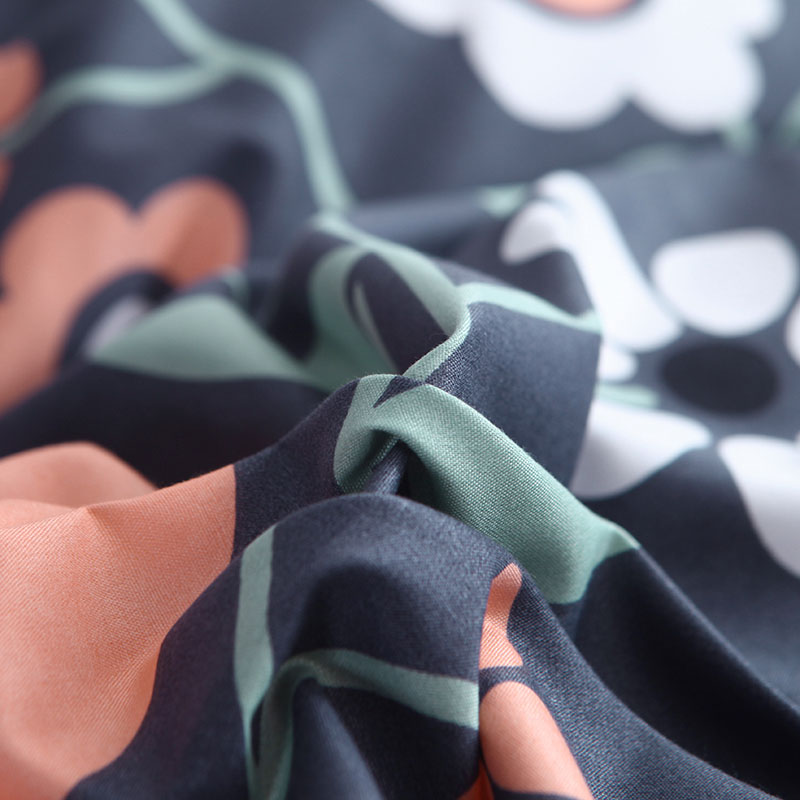
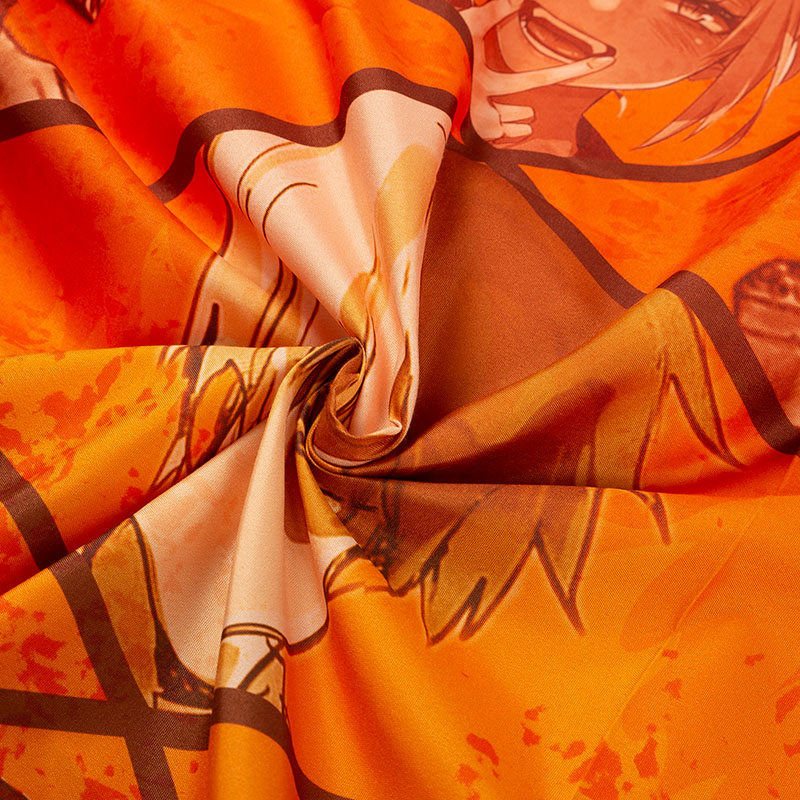
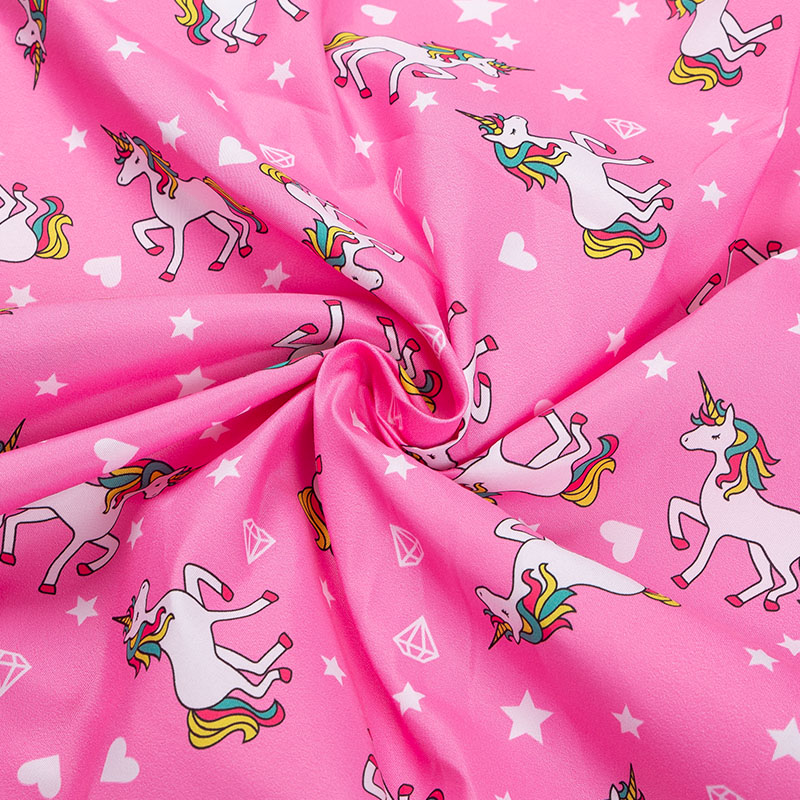
.jpg)
